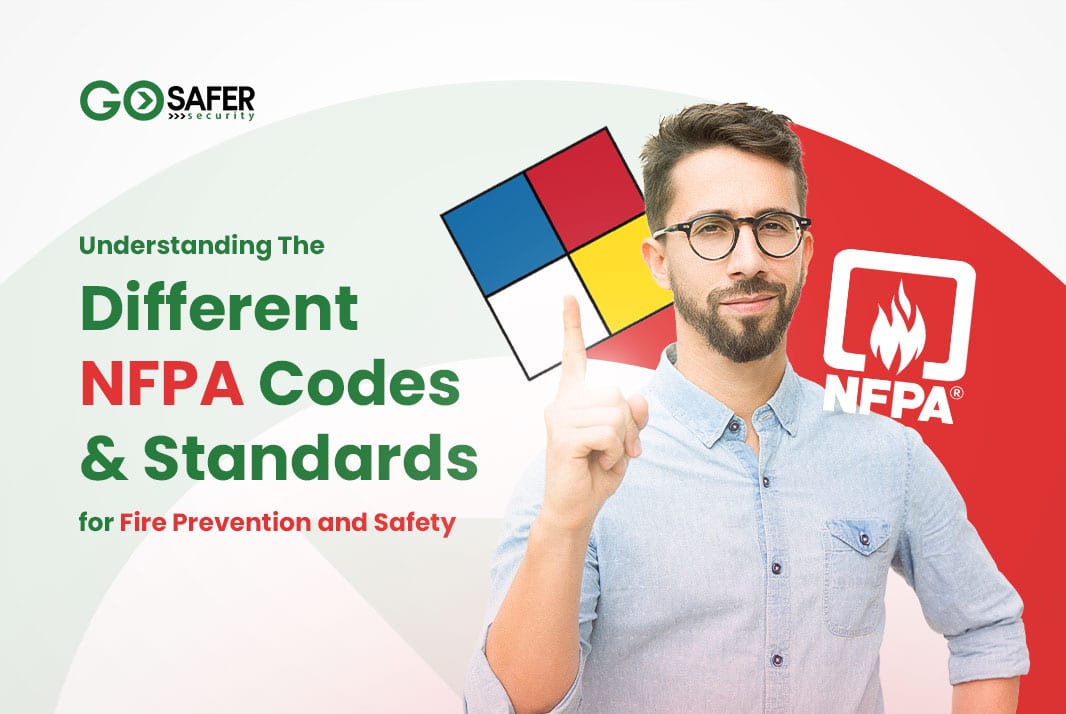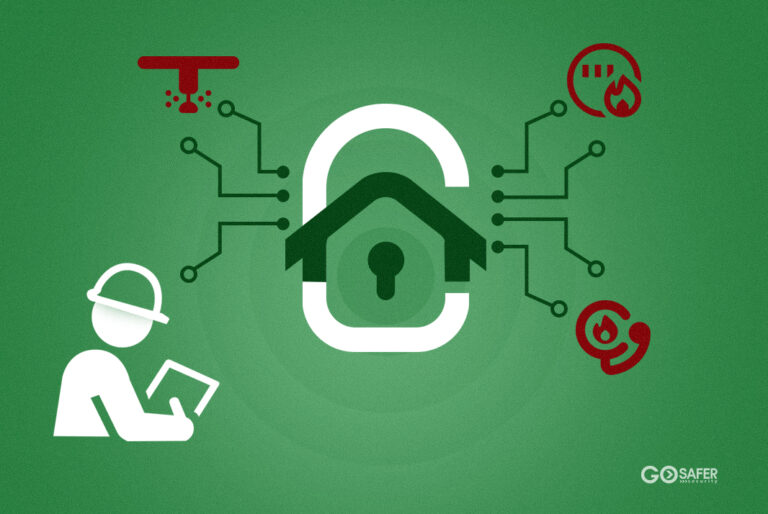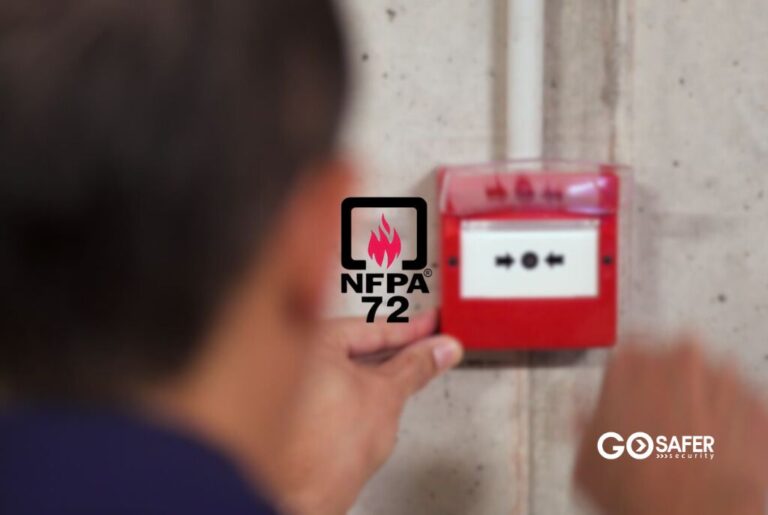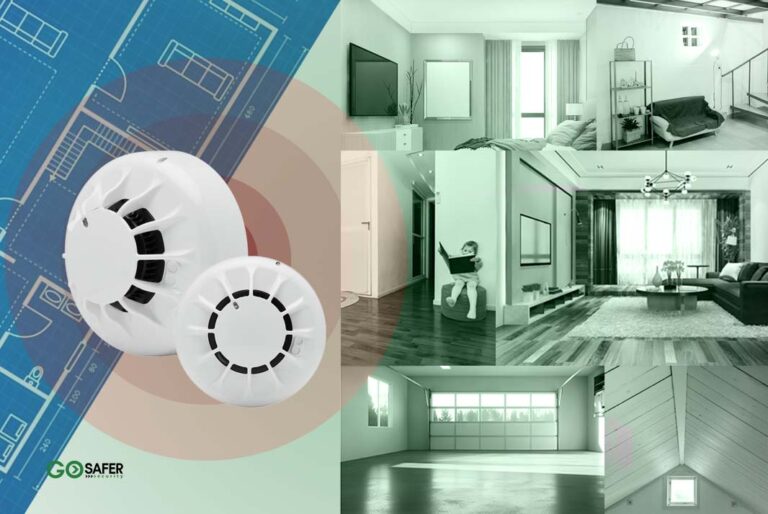Fire safety is an essential aspect of protecting lives and property. The National Fire Protection Association (NFPA) has established various codes and standards that provide clear guidelines for fire prevention and safety across multiple sectors. From home safety to industrial standards, understanding these codes helps us implement best practices for avoiding fires and reducing potential damages.
Below is a comprehensive guide to the NFPA codes and standards for fire prevention and safety, along with internal links to deepen your understanding of specific aspects.
Table of Contents
ToggleIntroduction
Fire prevention and safety are top priorities in residential, commercial, and industrial settings. The National Fire Protection Association (NFPA) sets the standards for fire safety through its codes, which are widely recognized and adopted worldwide. Understanding and following these codes is essential for protecting lives and reducing property damage.
History of NFPA
The NFPA was established in 1896 to reduce fire risks through standardized practices. Headquartered in Quincy, Massachusetts, the NFPA has evolved into a global organization with over 70,000 members who work together to create fire safety guidelines that protect communities across various industries.
Importance of Compliance with NFPA Standards
Compliance with NFPA standards is essential for fire safety, as they address risks in fire prevention, building design, electrical installations, and fire alarm systems. Adhering to these codes not only protects lives but also reduces legal liabilities for businesses and property owners.
NFPA 101: Life Safety Code
The NFPA 101 Life Safety Code outlines guidelines for safety in buildings with different occupancy types, from residential to healthcare facilities. This code addresses fire prevention, emergency planning, and fire protection systems, making it crucial for ensuring a safe environment.
NFPA 70: National Electrical Code
The NFPA 70 National Electrical Code covers safe electrical installations in residential, commercial, and industrial buildings. It details best practices for electrical wiring, equipment use, and system maintenance, which are essential for reducing fire risks related to electrical hazards.
NFPA 1: Fire Code for General Fire Prevention
NFPA 1 focuses on fire prevention through regulations on building materials, storage of combustible items, and fire protection systems. This code provides a comprehensive approach to fire safety by addressing everything from construction materials to fire suppression systems.
NFPA 13: Standards for Sprinkler Systems
NFPA 13 outlines the installation and maintenance requirements for fire sprinkler systems. It ensures that buildings are equipped with functional sprinkler systems, which can control or extinguish fires before they spread, making them critical for fire suppression.
NFPA 72: National Fire Alarm and Signaling Code
This code governs fire alarm systems, requiring buildings to have alarms that alert occupants and first responders in the event of a fire. NFPA 72 mandates the design, installation, and maintenance of these systems to ensure they function effectively when needed.
NFPA 25: Water-Based Fire Protection Systems
The NFPA 25 standard emphasizes the regular inspection, testing, and maintenance of water-based fire protection systems, including sprinklers. Compliance ensures that these systems are functional and ready to operate in case of an emergency.
NFPA 20: Installation of Stationary Pumps
NFPA 20 specifies guidelines for the installation and maintenance of fire pumps, which are critical for providing water to sprinkler systems. This code includes detailed protocols to ensure that pumps work effectively during a fire event.
NFPA 80: Fire Doors and Opening Protectives
Fire doors play a significant role in containing fires, preventing them from spreading to other areas of a building. NFPA 80 outlines standards for the construction, installation, and maintenance of fire doors, ensuring they perform correctly in an emergency.
NFPA 30: Flammable and Combustible Liquids Code
NFPA 30 provides guidelines for safely handling, storing, and using flammable liquids in workplaces. It is particularly relevant for industries dealing with petroleum, manufacturing, or other hazardous materials, promoting safe environments by minimizing fire risks.
NFPA 70E: Electrical Safety in the Workplace
This standard, also known as the National Electrical Code, establishes safe practices for electrical work in various settings, from industrial plants to construction sites. NFPA 70E focuses on risk assessments and preventive measures to protect workers from electrical hazards.
Role of Local Authorities in NFPA Compliance
Local authorities, such as fire departments and building inspectors, play a vital role in enforcing NFPA standards. They conduct inspections, provide guidance, and ensure buildings meet fire safety requirements.
Challenges in Meeting NFPA Standards
Complying with NFPA codes can be challenging due to accessibility, complexity, and costs. For small businesses, investing in fire protection systems or hiring professionals for installation can be financially demanding. However, prioritizing fire safety is essential to prevent potential losses.
Conclusion
Understanding and complying with NFPA codes is crucial for creating safe environments and protecting lives. Whether it’s installing proper alarm systems or adhering to electrical safety protocols, following these codes helps us mitigate risks and safeguard our communities.







